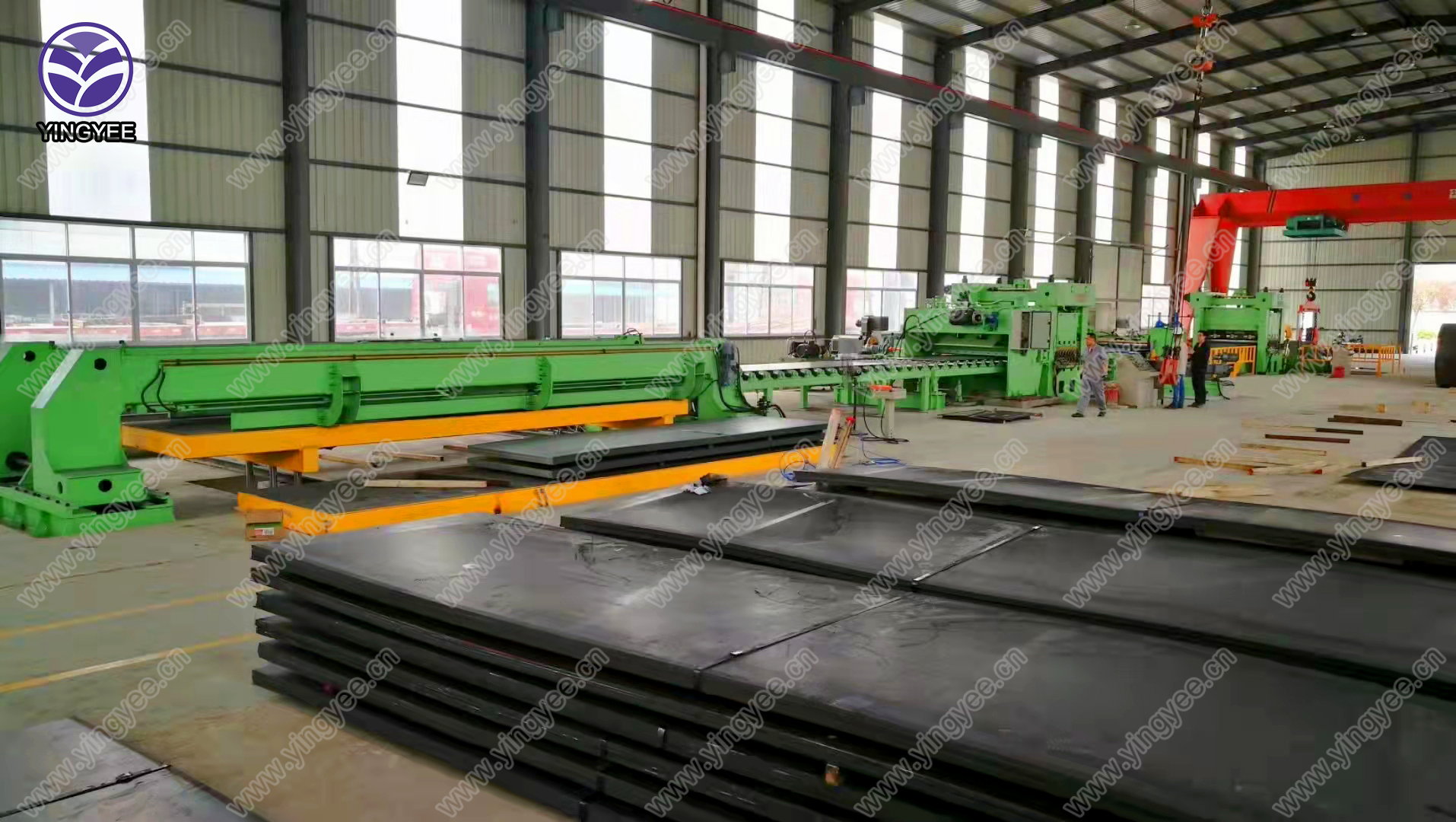
Understanding the Metal Sound Barrier Cold Bending Machine
In the realm of modern manufacturing and construction, the need for high-quality, durable sound barriers has become increasingly evident. These barriers are crucial for reducing noise pollution in urban areas, industrial sites, and along highways. Among the key technologies enabling the production of effective sound barriers is the metal sound barrier cold bending machine. This article delves into the significance of such machines, their functionality, and their applications in various industries.
What Are Metal Sound Barriers?
Metal sound barriers are structures designed to absorb or deflect sound waves, minimizing noise pollution. They are made from materials like steel or aluminum, selected for their durability and acoustic properties. The primary purpose of these barriers is to protect residential areas from the noise generated by traffic, trains, airports, and industrial activities. With urbanization on the rise, the demand for effective noise control solutions has surged.
The Role of Cold Bending Machines
Cold bending machines play a pivotal role in shaping the metal used in constructing sound barriers. Unlike traditional hot bending processes, which use high temperatures to alter the metal's shape, cold bending machines rely on mechanical force to bend metal sheets and profiles at room temperature. This method provides several advantages
1. Material Integrity Cold bending preserves the metal's structural integrity. High temperatures can weaken the metal, potentially leading to failures in applications where strength is crucial. The cold bending process ensures that the metal retains its original properties, making it ideal for sound barriers that must withstand varying weather conditions and physical stresses.
2. Precision and Consistency Modern cold bending machines are equipped with advanced technology allowing for precise control over the bending process. This results in consistent shapes and dimensions, which are essential for ensuring that sound barriers fit properly and function effectively.
3. Reduced Production Costs Cold bending eliminates the need for additional heating equipment, reducing energy consumption and operational costs. This efficiency is beneficial for manufacturers looking to increase productivity while minimizing expenses.
How Cold Bending Machines Work

The operation of a metal sound barrier cold bending machine involves several key components
- Bending Rolls These are the main tools that apply pressure to the metal sheets, bending them into the desired shape. The rolls can be adjusted to accommodate different metal thicknesses and bending angles.
- Control System Modern machines are often equipped with computer numerical control (CNC) systems, allowing operators to input specific dimensions and curve parameters. This ensures high precision and repeatability in the bending process.
- Support Structures As metal sheets are fed into the machine, support structures are used to guide and stabilize the material, preventing warping or damage during the bending process.
The overall process typically begins with loading the metal sheet into the machine, where it is aligned and secured. The operator then activates the bending rolls, which slowly and accurately shape the metal according to the specified design.
Applications in Various Industries
The versatility of cold bending machines makes them invaluable across several industries. In transportation, metal sound barriers are essential near highways and railways to protect communities from excessive noise. In construction, they provide noise reduction in residential and commercial developments. The entertainment industry also benefits, as metal barriers are used in concert venues and public events to manage sound levels.
Moreover, the ability to customize dimensions and shapes means that cold bending machines can produce unique designs tailored to specific site requirements. This adaptability enables businesses to respond quickly to project demands, enhancing their competitive edge.
Conclusion
The metal sound barrier cold bending machine represents a critical advancement in the manufacturing of noise control solutions. Its ability to precisely shape and form durable metals without compromising their integrity has revolutionized the production of sound barriers, ensuring that they meet the increasing demands for effective noise reduction. As urban areas continue to grow and the need for acoustic solutions becomes more pressing, these machines will undoubtedly play a significant role in shaping the landscapes of tomorrow.